Cards exposed! How to choose the right paper for your prints.
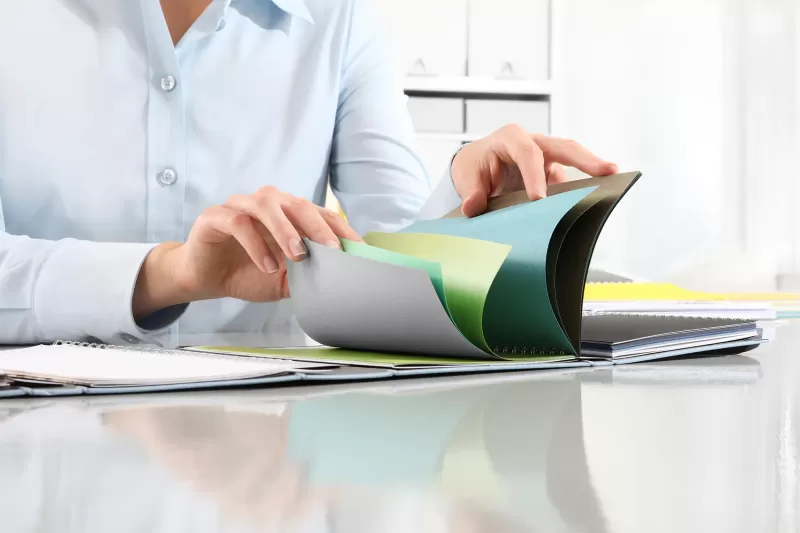
Choosing the right type of paper from the various options available on the market is crucial for achieving high-quality printing. Selecting the right paper is essential for enhancing the visual and textual content in your editorial or graphic project.
The choice among different types of paper can be complex due to the wide range of sheets with unique characteristics. Each type of paper has specific weight, processing, and finishing that influence transparency, visual appearance, weight, thickness, opacity, tactile sensation, and the longevity of the printed material.
To simplify your choice, this guide will assist you in selecting the most suitable type of paper for your needs, examining the available weights on the market, recommended applications for each, and common types of paper.
Preface: What Paper Is Made Of
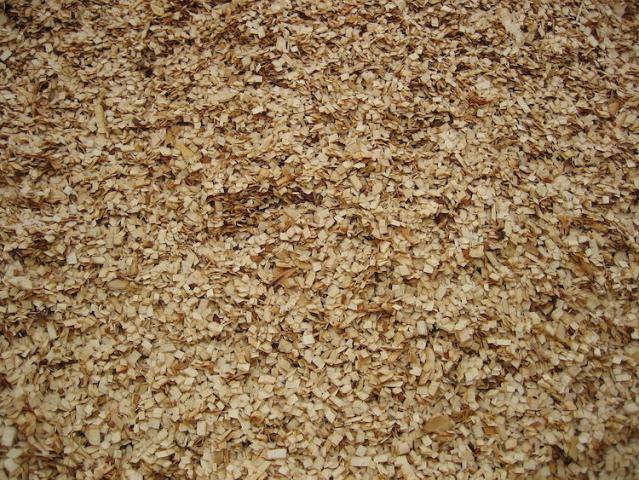
In the vast majority of cases, paper consists of a compound derived from plant fibers, from which pulp is produced. The most common fibers used are those of wood, or alternatively, hemp, bamboo, straw, and cotton.
The cell walls of these fibers are composed of approximately 45% cellulose, a polysaccharide from which various derivatives are obtained, from rayon to viscose, and ultimately paper.
Wood pulp (or mechanical pulp) is made through a completely mechanical process of breaking down and grinding wood from tree barks such as fir or birch.
In addition to paper, cellophane can also be obtained from wood pulp.
Chemical pulp, on the other hand, is produced by continuously cooking small portions of wood in the presence of chemicals (specifically sulfate or bisulfite) that help remove the impurities attached to the fibers. The result is a pulp that is about 90% cellulose and around 10% wood pulp.
After the refining process, the pulp is transformed into paper rolls.
Chemical pulp allows for the production of high-quality papers, such as those used for glossy magazines.
Grammage and Thickness
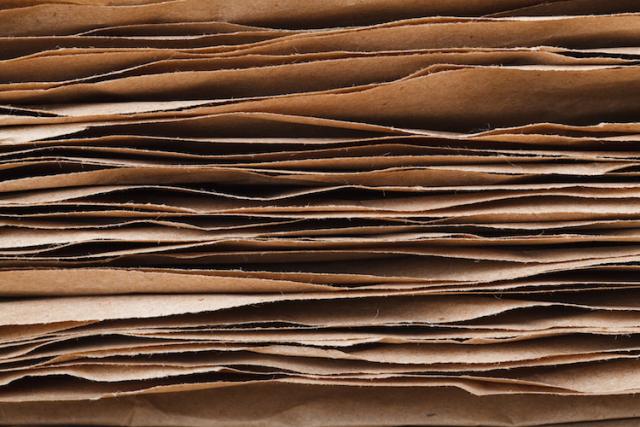
Paper grammage is defined as the weight of a sheet of paper with one square meter of surface, expressed in grams per square meter (g/m2) or simply grams (g). For example, photocopy paper typically has a grammage ranging from 60 to 90 g/m2, while cardstock ranges from 150 g/m2 to 350 g/m2. Grammage affects the paper's texture and the degree of transparency, with lower grammages producing more transparent sheets.
It's important to distinguish grammage from paper thickness. Paper processing, the amount of wood fiber used, and the addition of specific substances can affect the thickness of the sheet, even if the grammage is the same.
Types of Paper and Usage Recommendations
Choosing the ideal type of paper depends on the product you want to print and the impression you want to convey. Here are some recommendations:
1. Grammage 90 g/m2
This wood-free natural paper is suitable for high-volume text printing, such as book pages, documents, and letterhead.
2. Grammage 130 g/m2
Perfect for reproducing high-quality color images, it is suitable for glossy magazines, brochures, posters, and flyers.
3. Grammage 170 g/m2
This lightweight cardstock offers good texture and excellent color reproduction. It's ideal for catalogs, presentations, certificates, and posters.
4. Grammage 350 g/m2
Recommended for business cards, covers, folders, postcards, and invitations, it offers high durability and strength.
5. Grammage 380 g/m2
Used for packaging, hardcovers, counter displays, and product tags, it boasts excellent impact resistance.
The European and American Metric Systems
In the United States, in addition to grammage, basis weight is used, expressed in pounds, calculated based on a stack of uncut sheets of specific dimensions. Conversion tables help find the equivalent grammage in the American metric system.
Brightness Point
Brightness point represents the paper's luminosity. Higher values indicate greater brightness and more vibrant color reproduction, while lower values correspond to less luminous papers. The choice of brightness point is important for achieving the desired result.
Common Types of Paper
In addition to grammage, it's essential to consider the paper's finish. Some common types include:
1. Coated Paper
With a smooth and glossy surface, it's suitable for magazines, posters, business cards, and brochures.
2. Embossed Paper
Characterized by raised patterns on the surface, it lends an elegant style and is ideal for embossed, watermarked, and hammered papers.
3. Eco-Friendly Paper
Made from wood from certified forests, adhering to strict environmental and social criteria.
4. Recycled Paper
Produced from recycled waste paper, it can contain from 60% to 100% recovered fibers.
5. Specialty Papers
Subjected to special processes to achieve unique visual and tactile effects.
6. Adhesive Papers
Synthetic papers made with adhesive polyester.
7. FSC-Certified Papers
Papers certified by the international organization FSC® (Forest Stewardship Council®), obtained from wood from forests where strict environmental and production criteria are respected.
Paper Finish and Glossiness
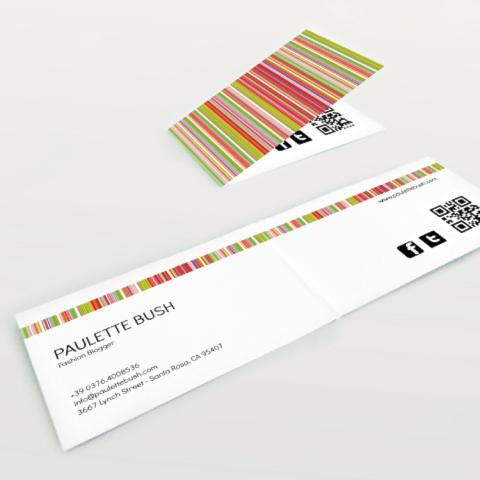
Another fundamental distinction concerns the difference between uncoated and coated paper.
Uncoated paper, also known as natural paper or bond paper, is produced without any surface coating.
On the other hand, coated paper has a surface coating applied through pigments suspended in an aqueous solution.
Printing on coated paper yields superior results compared to printing on uncoated paper. This is because the coating reduces ink penetration into the sheet, ensuring sharper and glossier printing.
Coated paper can be further categorized into:
1. Glossy: Highly compact coated paper with a glossy surface.
2. Matte: Coated paper without mechanical treatments, featuring a matte surface.
3. Satin: Coated paper with one rough side and another made smooth and glossy through a drying process with a large polished and heated cylinder.
ISO 12647-2 Standard
The international standard ISO 12647-2 from 2007 establishes reference parameters for offset printing on flat and web sheets, using CIELAB coordinates. This standard lists requirements for gloss, brightness, central values, and tolerances. It includes various paper types:
1. Coated Glossy without Wood Pulp
Brightness grade 89, grammage 115; ECI profile: ISO Coated v2, Adobe programs color profile Coated FOGRA 39 (ISO 12647-2:2004).
2. Coated Matte without Wood Pulp
Brightness grade 89, grammage 115; ECI profile: ISO Coated v2, Adobe programs color profile Coated FOGRA 39 (ISO 12647-2:2004).
3. Coated Glossy for Web Offset
Brightness grade 70, grammage 70; ECI profile: ISO Web Coated, Adobe programs color profile Web Coated FOGRA 28 (ISO 12647-2:2004).
4. Uncoated Natural White
Brightness grade 93, grammage 115; ECI profile: ISO Uncoated, Adobe programs color profile Uncoated FOGRA 29 (ISO 12647-2:2004).
5. Yellowish Natural
Brightness grade 73, grammage 115; ECI profile: ISO Uncoated Yellowish.
2013 Additional Standard
Subsequently, the 2013 standard expanded the range of paper types with 8 additional categories:
1. Premium Coated (Flat and Heat Rotary): Wood-free coated, Gloss, Semi-Matte, Matte.
2. Improved Coated (Heat Rotary): Medium weight coated, Light weight coated.
3. Standard Glossy Coated (Heat Rotary): Light weight coated, Gloss, Semi-Matte.
4. Standard Matte e Semi-Matte Coated (Heat Rotary): Machine finished coated, Light weight coated, Semi-Matte.
5. Wood-free Uncoated (Flat and Heat Rotary): Offset, Wood-free uncoated.
6. Super Calendered Uncoated (Heat Rotary): Super calendered.
7. Improved Uncoated (Heat Rotary): Uncoated mechanical improved, Improved newsprint.
8. Standard Uncoated (Heat Rotary): Standard newsprint.
Paper Handle
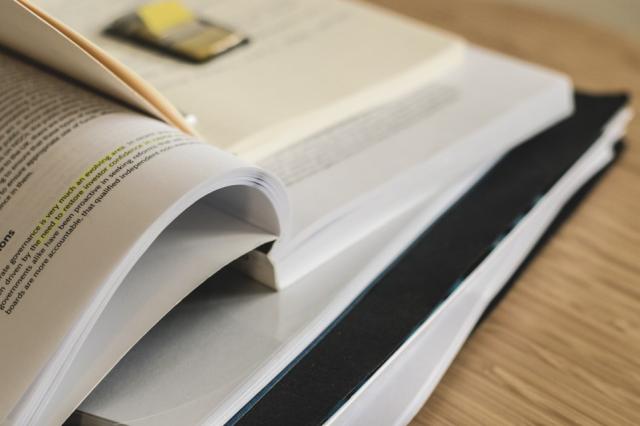
Finally, it's important to understand the concept of 'paper handle,' also known as volume. This represents the ratio between the thickness of the sheet and the grammage of the paper, measured in thousandths of an inch using a micrometer.
The ratio of thickness to grammage determines the volume, i.e., the consistency of the sheet when held in hand. This parameter is crucial for evaluating the tactile sensation of the paper.
Relationship Between Support and Printing
To achieve high-quality printing, it's essential to ensure perfect contact between the inked surface and the printing support through printing pressure. However, paper typically has a low compressibility coefficient, which means that the printing paper must have the smoothest possible surface to facilitate ink transfer and contact, especially on surfaces with low smoothness.
However, there are situations where printing papers require a rough, embossed, or textured surface for aesthetic reasons. In such cases, the gravure or other direct printing processes cannot be used. Instead, offset and web-offset processes are employed.
Offset processes are known as indirect printing processes because the paper does not receive ink directly from the inked printing form. Instead, ink is transferred from an intermediate element, often made of rubber with the right hardness and elasticity. This rubber surface adapts to the support surface, allowing effective transfer even on surfaces with low smoothness.
In the color printing process, the final image is obtained in multiple stages, with the successive addition of each of the three primary colors plus black. This process occurs on extremely precise machines that ensure perfect alignment of the monochromatic images that make up the final image, even at high speeds (15,000 sheets per hour for sheet-fed machines and 50,000 machine revolutions per hour for web presses).
Paper plays a fundamental role in ensuring accurate alignment of images, regardless of format, thickness, or printing speed. It must remain dimensionally stable and not undergo significant moisture changes during the printing of different colors.
Paper Sizes
Standardization of paper sizes according to UNI (Italian Unification Body) standards includes three series: a basic series (A) and two complementary series (B and C).
The A series provides finished sizes for the most common graphic products, while the B and C series provide finished sizes for carton products that may contain A series sizes.
Table of ISO A, B, and C Format Measurements
Measurements are in millimeters, short side x long side.
|
A Series Formats |
B Series Formats |
C Series Formats | |||||||||||
|---|---|---|---|---|---|---|---|---|---|---|---|---|---|
| A0 |
841
|
x
|
1189
|
B0 |
1000
|
x
|
1414
|
C0 |
917
|
x
|
1297
|
||
| A1 |
594
|
x
|
841
|
B1 |
707
|
x
|
1000
|
C1 |
648
|
x
|
917
|
||
| A2 |
420
|
x
|
594
|
B2 |
500
|
x
|
707
|
C2 |
458
|
x
|
648
|
||
| A3 |
297
|
x
|
420
|
B3 |
353
|
x
|
500
|
C3 |
324
|
x
|
458
|
||
| A4 |
210
|
x
|
297
|
B4 |
250
|
x
|
353
|
C4 |
229
|
x
|
324
|
||
| A5 |
148
|
x
|
210
|
B5 |
176
|
x
|
250
|
C5 |
162
|
x
|
229
|
||
| A6 |
105
|
x
|
148
|
B6 |
125
|
x
|
176
|
C6 |
114
|
x
|
162
|
||
| A7 |
74
|
x
|
105
|
B7 |
88
|
x
|
125
|
C7 |
81
|
x
|
114
|
||
| A8 |
52
|
x
|
74
|
B8 |
62
|
x
|
88
|
C8 |
57
|
x
|
81
|
||
| A9 |
37
|
x
|
52
|
B9 |
44
|
x
|
62
|
C9 |
40
|
x
|
57
|
||
| A10 |
26
|
x
|
37
|
B10 |
31
|
x
|
44
|
C10 |
28
|
x
|
40
|
||
Finished sizes are designed so that, when folding the sheet in two, four, six, eight, sixteen, etc., the ratio between the long and short sides remains unchanged.
Additionally, the length of the diagonal of the square constructed on the short side corresponds to the length of the long side.
For the A series, the basic format (841x1189 mm, A0) corresponds to one square meter.
To denote sizes, symbols from the various series (A, B, C) are used, followed by a number indicating how many times the basic size has been folded to obtain the desired size. For example, A4 (210x297 mm) is particularly used for commercial prints, letterhead, forms, tables, catalogs, magazines, and monographs.
The use of standardized sizes is particularly advisable as they are closely related to a range of standardizations.
Now, armed with a complete understanding of paper characteristics, you can select the perfect support for your needs and confidently send your products for printing!
When you subscribe to the blog, we will send you an e-mail when there are new updates on the site so you wouldn't miss them.
By accepting you will be accessing a service provided by a third-party external to https://www.insightadv.it/


































































Comments